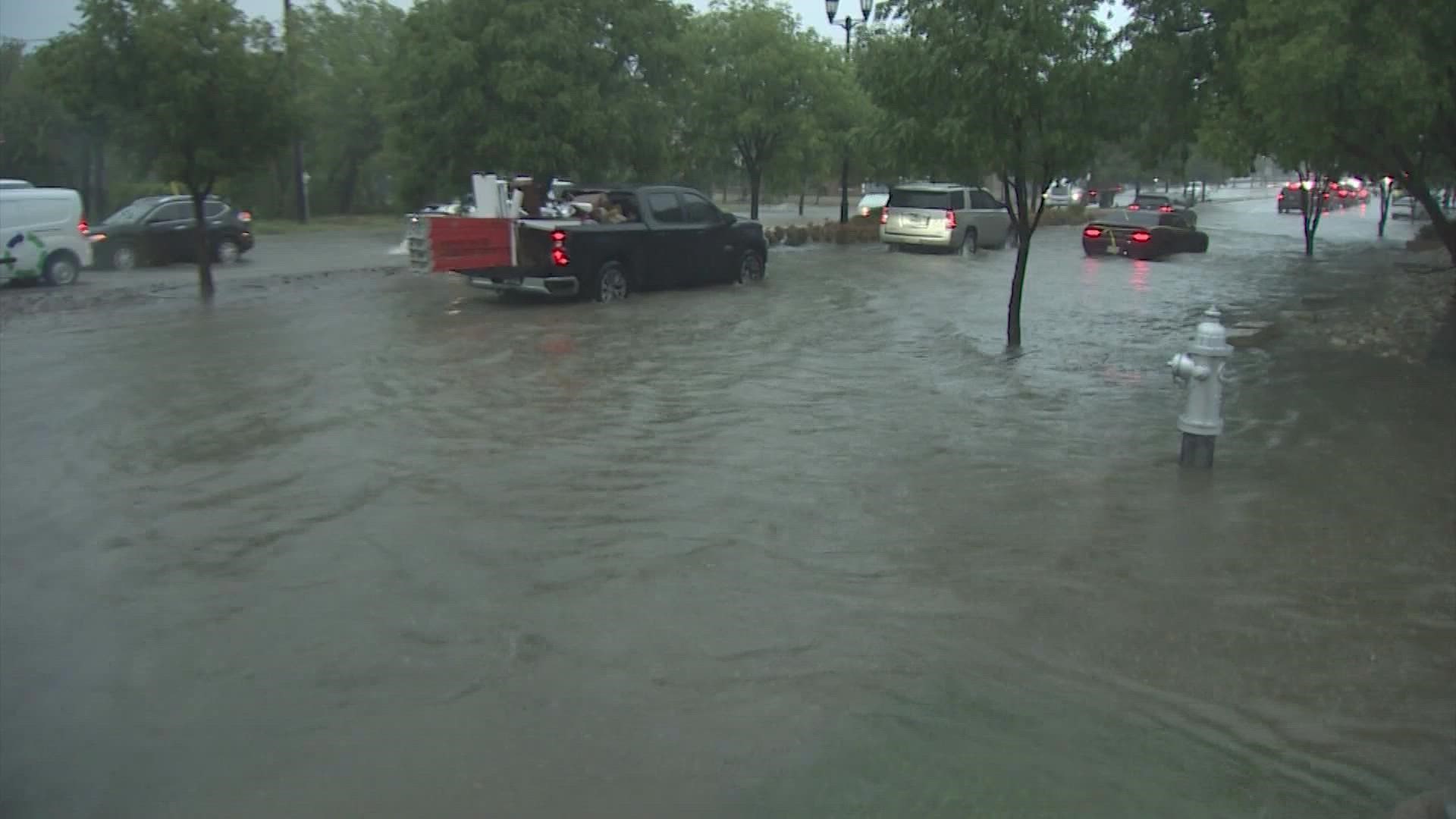HOUSTON — Neighborhoods in North Texas are slowly starting to recover after the deadly storms that caused massive flooding.
The storms dumped more than a foot of rain, sparking flash flooding and hundreds of water rescues.
But, even with all the rain falling there, North Texas lakes are still below their normal levels.
As it turns out, the Houston area is actually benefitting from the storms.
Here's why
The rain fell in a concentrated urban area in a short time. The highest rain totals were reported in Dallas and Tarrant counties, which are located in the Trinity River Basin. The local drought conditions leading up to the historic rain event meant soil was too hard to absorb much of the rain. This rain then turned into runoff, making the Trinity River swell to moderate flood stage on Tuesday.
The swell was temporary, as the water will continue to flow down the Trinity River and into Lake Livingston, which is a big supplier of water for Houston.
The lakes that feed the Dallas area's reservoir system are farther north in a place that didn't get much rain.
The Trinity River runs through Fort Worth and Dallas along I-20 and then turns south and runs parallel to I-45 north of Huntsville, through Crockett and eventually ends up in one of the Houston area's reservoirs: Lake Livingston.
Lake Livingston is currently at 90.2% capacity, but that number doesn't include the rainfall from earlier in the week. The water usually takes up to a week for water to flow down the river to the lake.
In Crockett on Wednesday, the Trinity River water level was about 8 feet. By Monday afternoon, it's expected to be above 20 feet.

